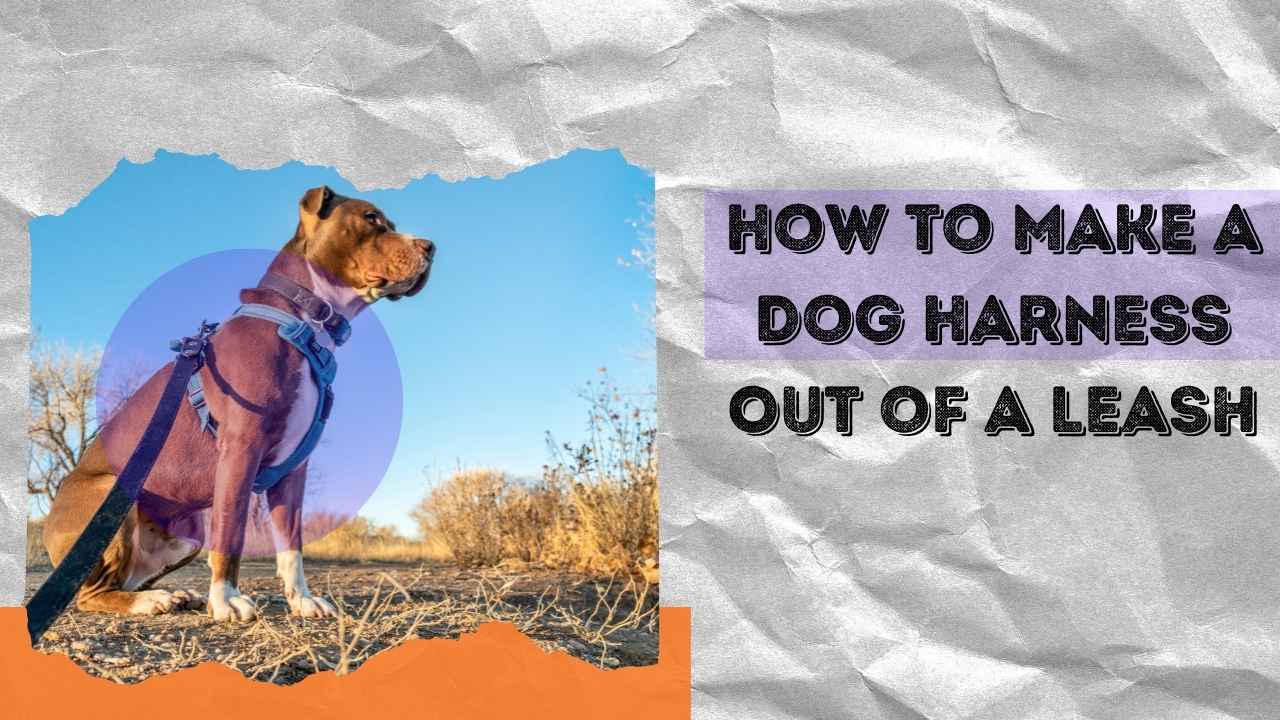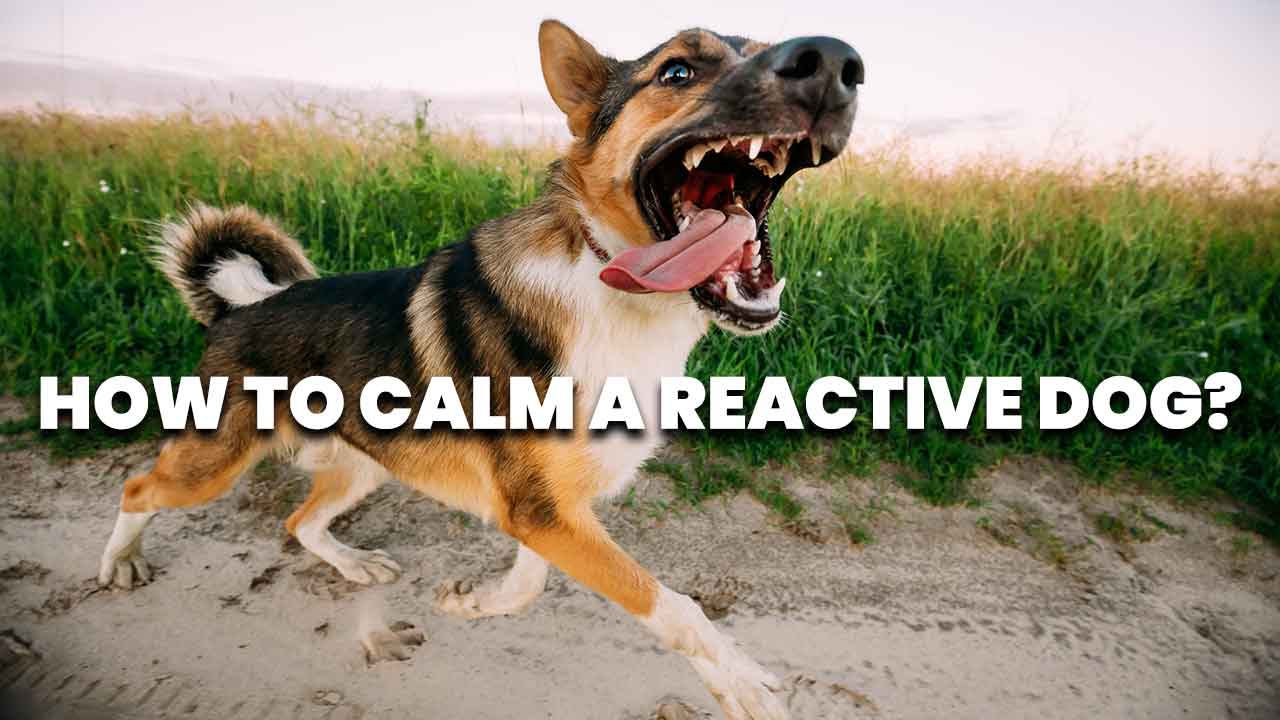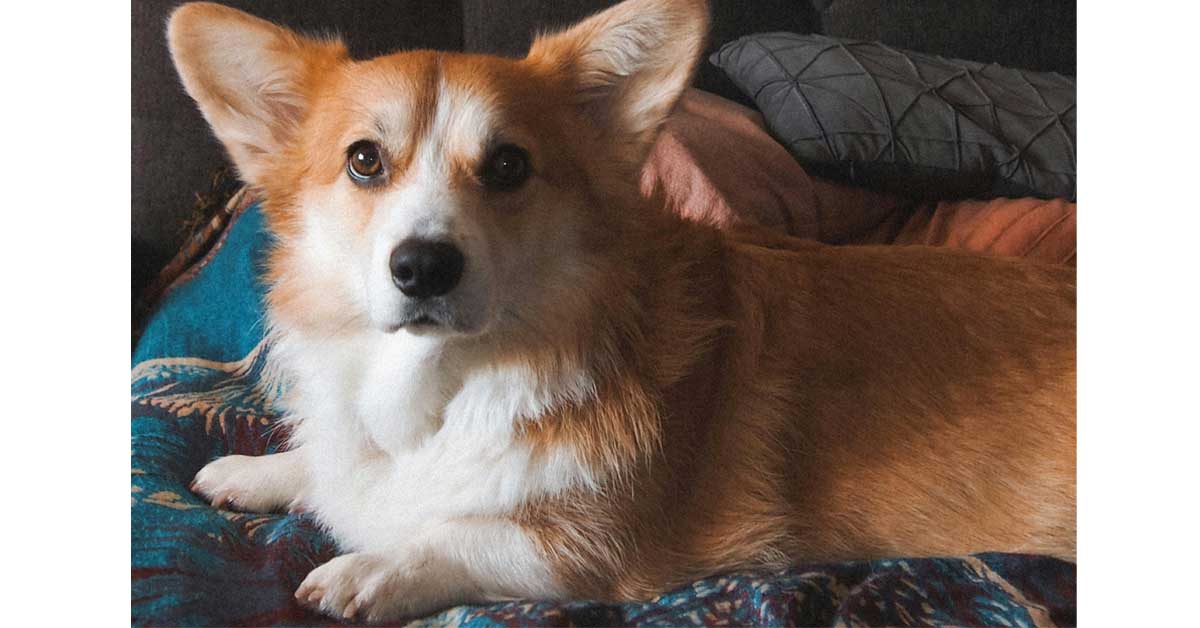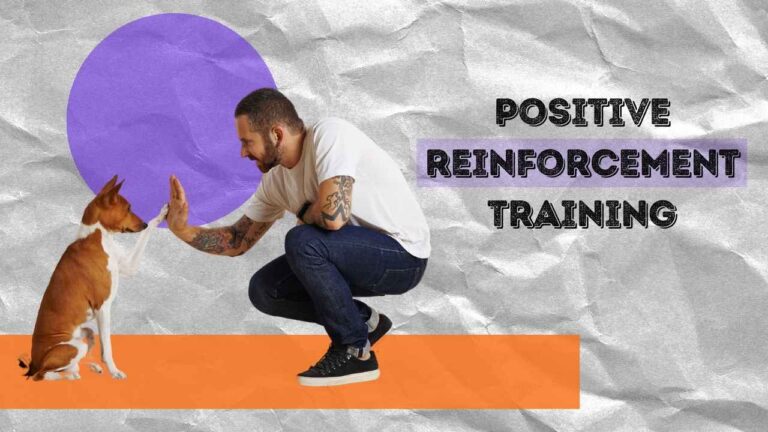How to Make a Dog Harness Out of a Leash
Table of Contents
Key Takeaways on How to Make a Dog Harness Out of a Leash
| Key Takeaways | Details |
|---|---|
| DIY Dog Harness Benefits | Customizable fit, potential cost savings, personalization options. |
| Materials Needed | Paracord, old jeans, cotton rope, or other sturdy materials. |
| Tools Required | Scissors, measuring tape, sewing supplies, lighter (for sealing paracord). |
| Step-by-Step Guides | Detailed instructions for various styles like paracord harness, jeans harness, and rope harness. |
| Adjusting for Fit | Importance of snug fit, regular adjustments, and comfort checks. |
| Safety and Control | A DIY harness can offer better control and safety compared to collars, reducing the risk of injury. |
| Advanced Customization | Adding features like reflective strips, padding, and pockets for functionality. |
| Cleaning and Maintenance | Guidance on hand-washing and care for DIY harnesses. |
| Puppy Suitability | Tips for making lightweight and adjustable harnesses for puppies. |
| Comparison with Commercial Options | Overview of commercial harnesses for those preferring ready-made solutions. |
| Growth Rate of Pet Insurance | Indicative of increasing awareness and value placed on pet safety and health. |
Creative DIY Dog Harness Ideas
- Paracord Harness: Ideal for larger, energetic dogs, this durable harness requires paracord, a plastic clip buckle, and basic tools like scissors and a lighter. Paracord’s strength makes it an excellent choice for a no-pull harness.
- Harness from Old Jeans: Utilize old jeans to craft a unique harness. This approach is environmentally friendly and adds a personal touch. However, it’s more suitable for calm dogs, as it uses Velcro for fastening.
- Rope Dog Harness: A simple option using soft cotton rope. It’s easy to make and comfortable for your dog, especially if they find traditional harnesses restrictive.
- LED Dog Harness for Visibility: Enhance safety during nighttime walks with an LED dog harness. This requires customizing an existing harness with LED lights and is a bit more complex to create.
- Cart Pulling Harness: This is for dogs that help with pulling carts or sleds. It requires nylon webbing and fleece for comfort.
- Crochet Dog Harness: Perfect for small dogs, this adorable harness can be crocheted in your choice of colors, offering both style and comfort.
- Fleece Dog Harness: Ideal for hot days, this harness is made from fleece, ensuring comfort even in warm weather.
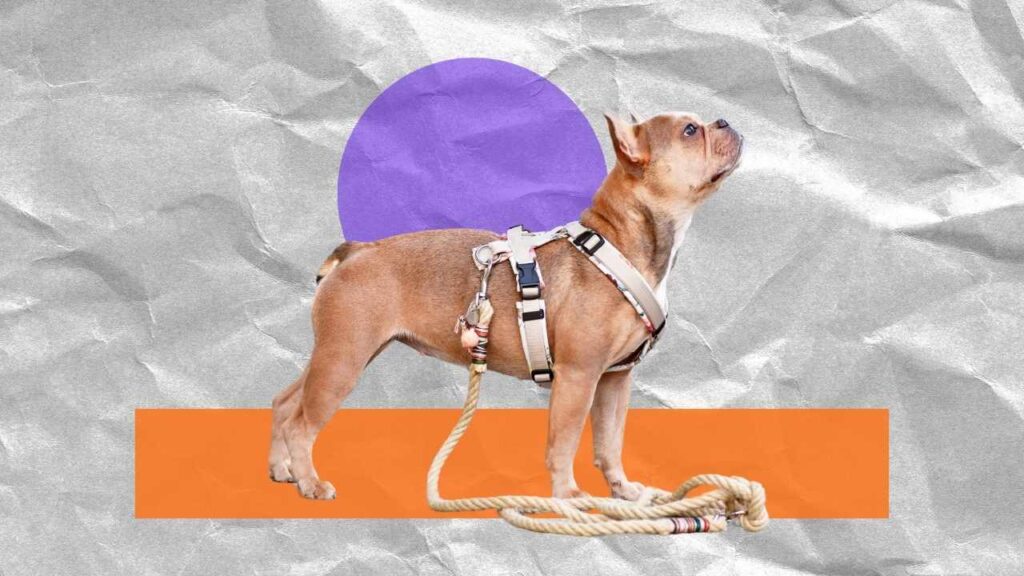
Adjusting the Fit for Your Dog
Ensuring the proper fit is crucial. Here’s how to adjust a DIY harness:
- Chest Strap: It should be snug but not restrictive.
- Shoulder Straps: They should form an “X” shape on the back without causing discomfort.
- Strap Length: Ensure they’re long enough for security but not too long that they hang loosely.
- Comfort Check: Your dog should move comfortably without any signs of rubbing or chafing.
Benefits of Making a Harness Out of a Leash
Creating a harness out of a leash offers several advantages:
- Control and Safety: Better control over your dog, especially if they tend to pull.
- Comfort and Support: Minimizes pressure on sensitive areas like the neck.
- Reduced Risk of Escaping: The snug fit and multiple attachment points add security.
- Versatility: Allows for additional features like reflective strips or attachment points for accessories.
Comparing with Commercial Dog Harness and Leash Sets of 2024
For those who prefer buying over DIY, here’s a comparison with the top commercial dog harness and leash sets of 2024:
- Overall Best: The Voyager Dog Harness and Leash Set offers adjustable sizing, reflective accents, and padding for comfort.
- Best for Puppies: The Puppytie Puppy Harness with Leash is easy to put on and off, and adjustable for a growing puppy.
- Best for Large Dogs: The tobeDRI No-Pull Dog Harness and Leash is particularly suited for larger breeds, offering no-pull features and durable construction.
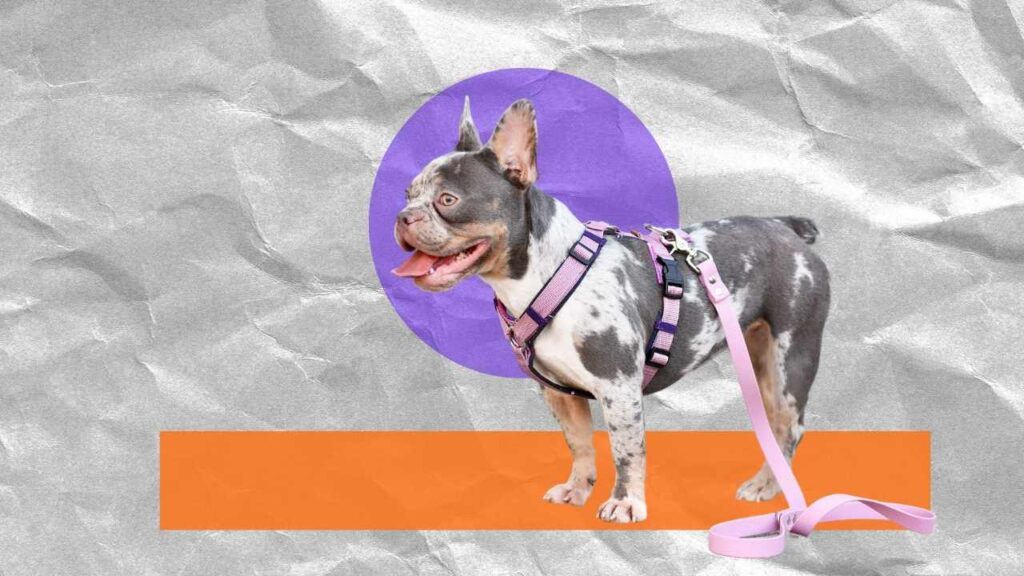
| Product | Pros | Cons | Ideal For |
|---|---|---|---|
| Dog Only Listens When I Have Treats Harness | Adjustable, training-focused design | May require training for best results | Training and walks |
| 10 Best Dog Muzzles Harness | High-quality, durable | Higher price point | Strong, energetic dogs |
| Dog Reactivity Quiz Comfort Harness | Comfortable, good for reactive dogs | Not ideal for heavy pullers | Dogs with anxiety or reactivity issues |
Step-by-Step Instructions for Popular DIY Dog Harnesses
- Paracord Dog Harness:
- Old Jeans Dog Harness:
- Rope Dog Harness:
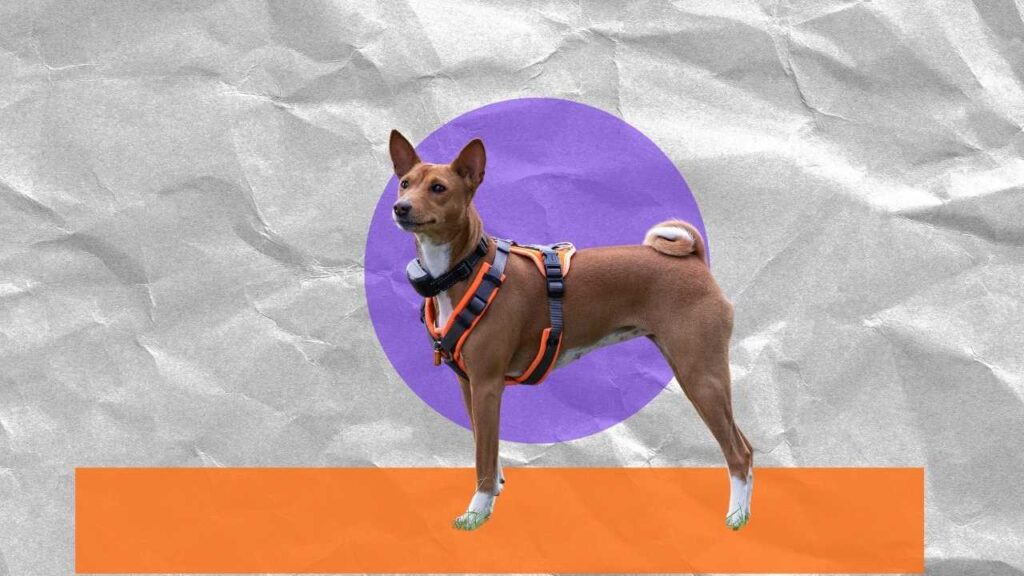
Customization Ideas for Your DIY Harness
| Feature | Description | Benefit |
|---|---|---|
| Reflective Strips | Add reflective tape or fabric | Increases visibility and safety during night walks |
| Pockets | Sew pockets onto the harness | Convenient for carrying small items like treats or poop bags |
| Personalization | Embroider your dog’s name or fun designs | Adds a unique touch to the harness |
Tips for Ensuring the Perfect Fit
- Regular Adjustments: As your dog grows or changes in size, make sure to adjust the harness accordingly.
- Comfort Test: Watch your dog’s movement in the harness and look for any signs of discomfort or restriction.
- Two-Finger Test: Place two fingers under the straps to ensure the harness isn’t too tight.
Alternative Options: Commercial Harnesses
For those who prefer ready-made solutions, consider these top picks:
- Best Adjustable Option: Smart X-50 Dog Training harness offers flexibility and comfort with adjustable straps.
- Best for Large Dogs: How Much is K9 Dog Training features a harness designed for larger breeds, emphasizing durability and control.
- Best Budget-Friendly Choice: Dog Protection Training Cost covers affordable yet reliable harness options for budget-conscious owners.

Making the Most Out of Your DIY Dog Harness
Once you’ve created your DIY dog harness, here are some activities to enhance your experience:
- Training Sessions: Use the new harness to practice Train a Dog to Ignore Distractions.
- Outdoor Adventures: For hiking tips, refer to How to Prepare Dog for Hiking.
- Regular Walks: Ensure comfortable and safe walks by following Dog Doesn’t Want to Walk in the Morning for morning routine ideas.
Advanced Tips for DIY Dog Harness
- Reinforcement: For stronger dogs, reinforce your harness with additional layers or stitching.
- Weather Adaptation: Use waterproof materials for rainy day walks.
- Comfort Padding: Add padding to areas that might rub against your dog’s skin.
Frequently Asked Questions (FAQs)
- Can I make a harness for a large dog? Yes, use durable materials like paracord or thick rope and ensure proper sizing and reinforcement.
- How do I clean a DIY dog harness? Most DIY harnesses can be hand-washed. Use mild detergent and air dry.
- Is a DIY harness safe for puppies? Absolutely. Ensure it’s lightweight and allows for growth adjustments.

Final Thoughts
Creating a dog harness out of a leash is not only an economical choice but also allows for a personalized touch in terms of design and fit. It’s an excellent way to bond with your pet through a fun DIY project. Whether you opt for a homemade harness or a commercial one, remember that the safety and comfort of your furry friend are paramount. Choose the option that best fits your lifestyle and your dog’s needs.
Summary
Creating a dog harness from a leash is a rewarding and practical project for any dog owner. It offers the flexibility to tailor the harness to your dog’s specific needs and preferences. Whether you choose a DIY approach or a commercial product, the most important aspect is your dog’s comfort and safety.
Conclusion
Whether you choose to craft a DIY harness or opt for a commercial set, the key is to ensure your dog’s comfort and safety during walks. DIY options offer customization and a personal touch, while commercial sets provide convenience and ready-made solutions. Either way, a well-fitted harness will enhance your dog walking experience.

